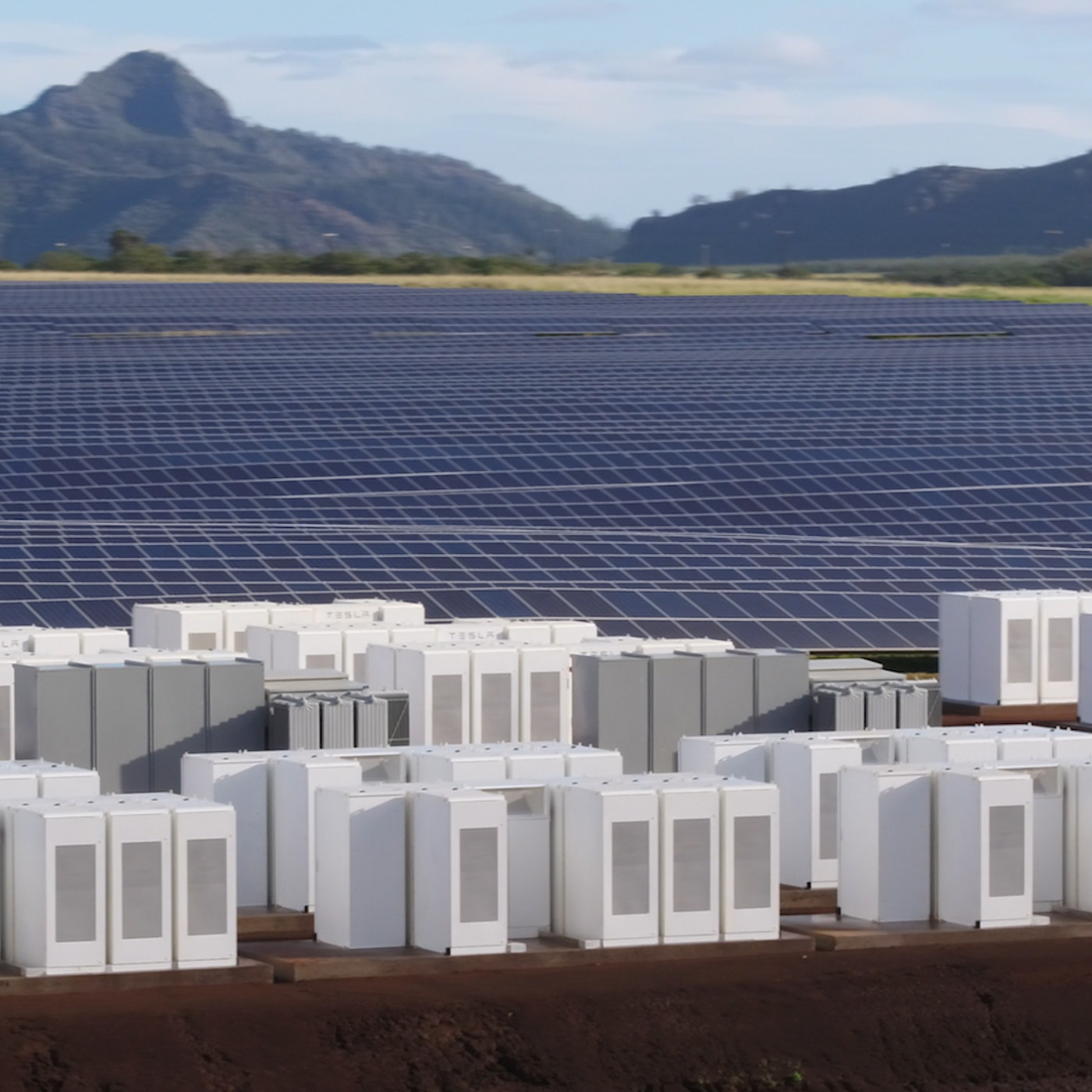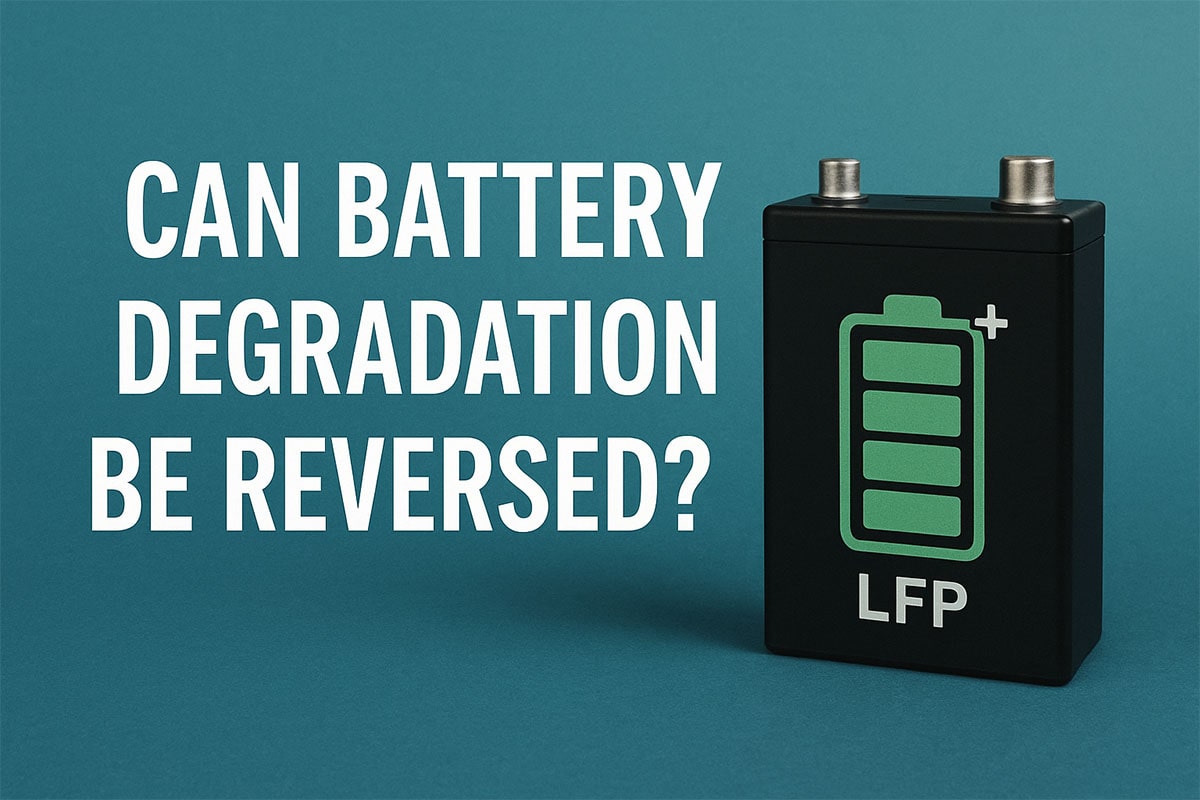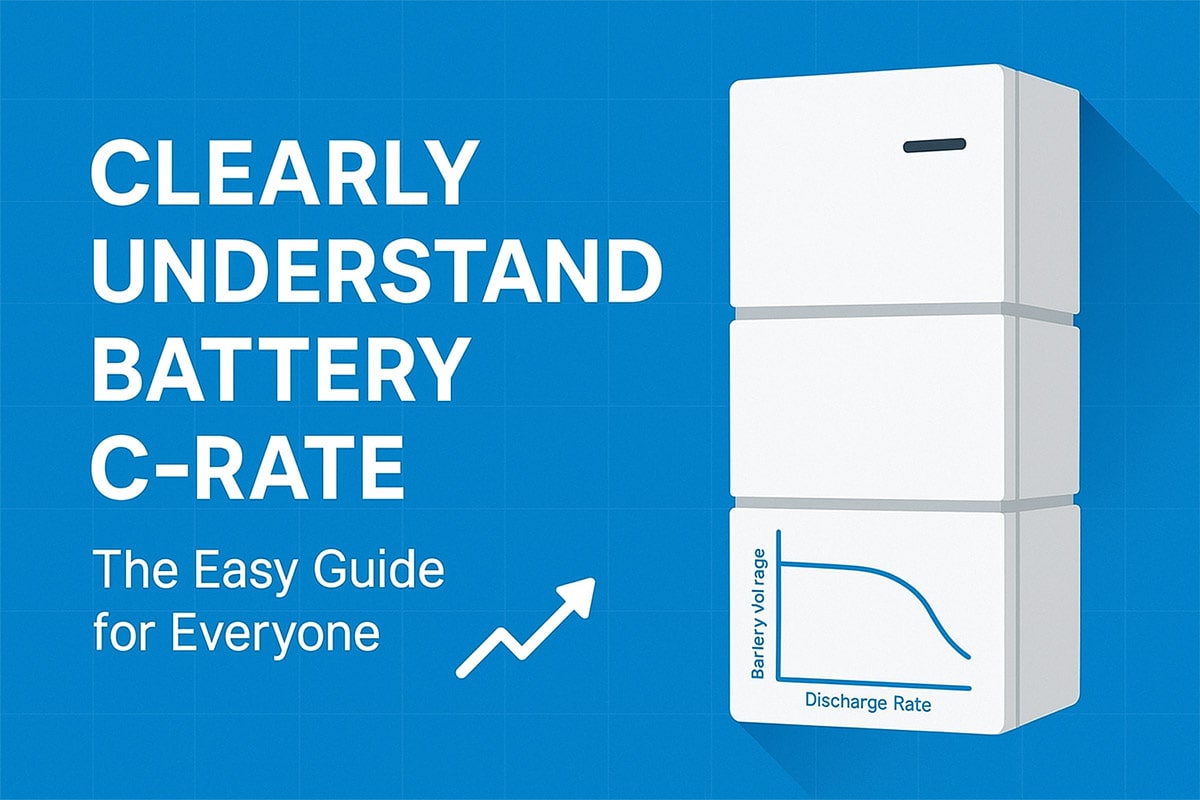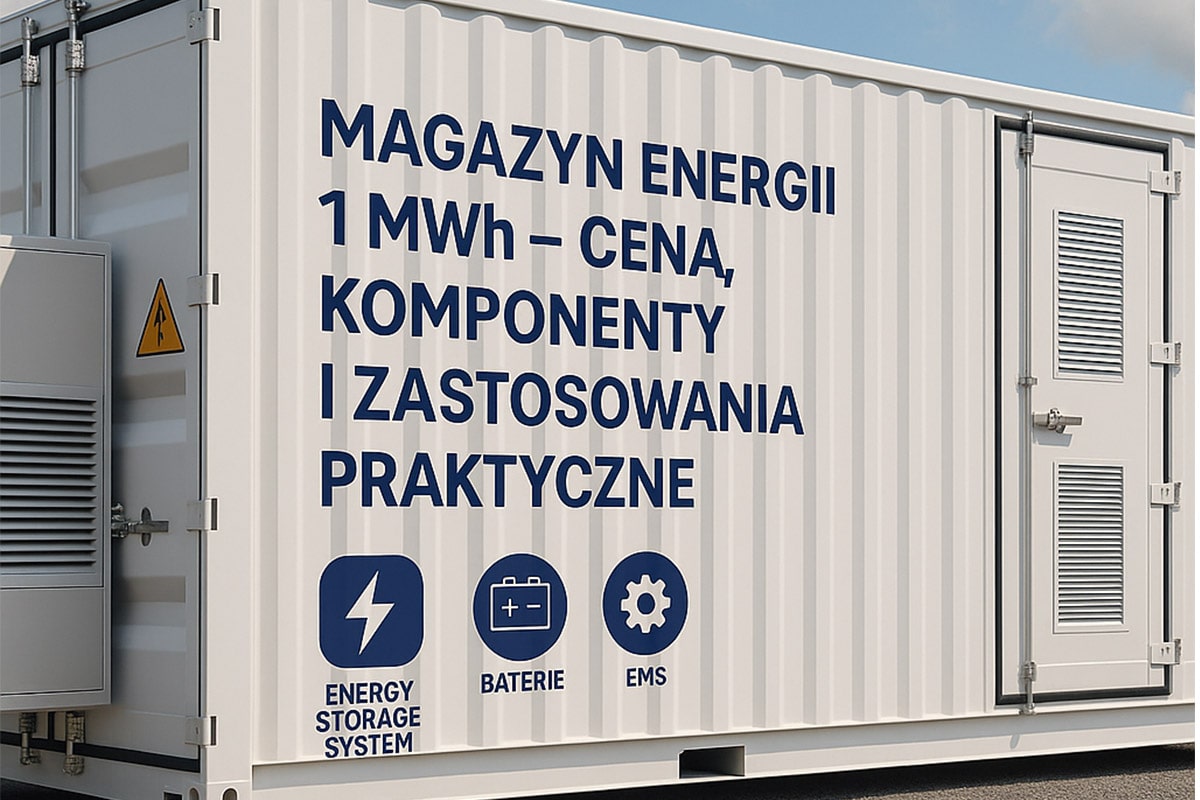What Are the Essential Differences Between Various Photovoltaic Cells
What Are the Essential Differences Between Various Photovoltaic Cells
Many nouns are modified in front of crystalline silicon cells to flaunt the difference. Before discussing their respective market prospects, let’s take a look at the essential differences between various batteries. Basically, it can be divided into two systems: silicon wafer material and battery structure.
One sentence to explain various nouns:
Polycrystalline: The crystal particles are small, and the same volume corresponds to more particles.
Single crystal: The crystal particles are large, and the same volume corresponds to fewer particles.
(Note: Since the free electrons will recombine at the boundary of the crystal particles, return to the bound state, and can no longer contribute to the current, so the smaller the particles, the more particles correspond to the same volume, and the electron recombination is more frequent. Therefore, the efficiency of polycrystalline cells is lower than that of monocrystalline cells.)
N-type: Silicon in the fourth group of the periodic table is doped with phosphorus in the fifth group, and there are more electrons that can move freely, showing negative polarity.
P-type: Silicon in the fourth group of the periodic table is doped with boron in the third group, and there are fewer electrons that can move freely, showing positive polarity.
(Note: The material characteristics determine that free electrons are more likely to recombine to the bound state in p-type materials, so the batteries made of n-type materials have high efficiency.)
Aluminum back field: Aluminum is coated on the back of the battery and penetrates into the silicon material to form a local electric field to prevent free electrons from flowing to the back surface for recombination.

Back passivation series: The common feature of the three types of back passivation (PERC/PERL/PERT) structures is that a passivation layer is added on the basis of the traditional aluminum back field to better prevent electrons from recombining on the back surface. PERL and PERT are enhanced versions of PERC, because after the passivation layer is added, the material with the same polarity as the silicon chip is heavily diffused (partially or completely), forming another back electric field.
Heterojunction: Both crystalline and amorphous grades of silicon exist in the cell; the presence of amorphous silicon enables better passivation.
Back electrode: Place the positive and negative electrodes on the back of the battery, so there is no shadow loss caused by the front electrode part (silver paste) reflecting part of the incident light.
In theory, the definitions in Table 1 and Table 2 are based on different standards, and various combinations are possible. However, in the actual production process, some battery structures correspond to high production costs, and better silicon wafers are needed to make more efficient cells. Batteries are used to support its economy, so there are only the following combinations in commercial products:
Aluminum back field: single crystal (p-type), polycrystalline (p-type). The batteries of most manufacturers are of aluminum back field structure.
Back passivation series:
PERC: single crystal (p-type), polycrystalline (p-type). Such as TRW’s HoneyPlus, Hanwha’s Q.ANTUM, and Suntech’s HyPro.
PERL: single crystal (p-type). Such as JA Solar’s Percium.
PERT: single crystal (n-type). For example Yingli’s Panda, HT-SAAE’s MilkyWay, and LG’s MonoXNeON.
Heterojunction: Single crystal (n-type). Such as Panasonic’s products.
Back electrode: single crystal (n-type). Such as SunPower’s products.
In order of efficiency from high to low: back electrode, heterojunction, PERT, PERL, single crystal PERC, single crystal aluminum back field, polycrystalline PERC, polycrystalline aluminum back field.













